Panasonic Lumix GM1 review
The Panasonic Lumix DMC-GM1 is the smallest interchangeable lens camera yet
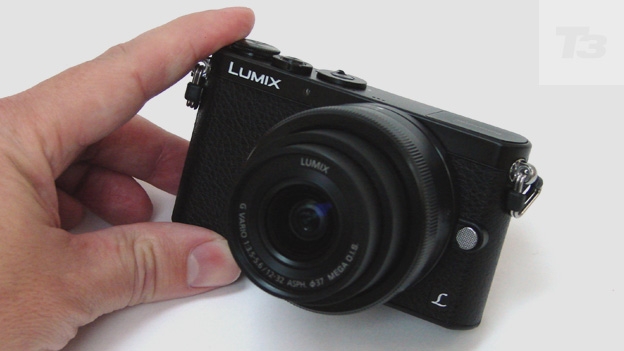
-
+
Small dimensions
-
+
Excellent quality LCD
-
+
Sharp images
-
-
Price
-
-
Tenny backplate buttons
-
-
No eye-level viewfinder
Why you can trust T3


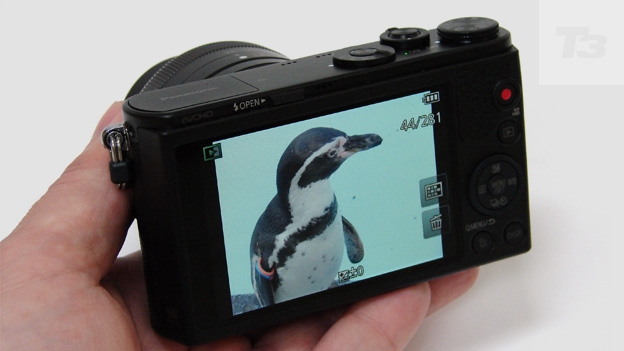
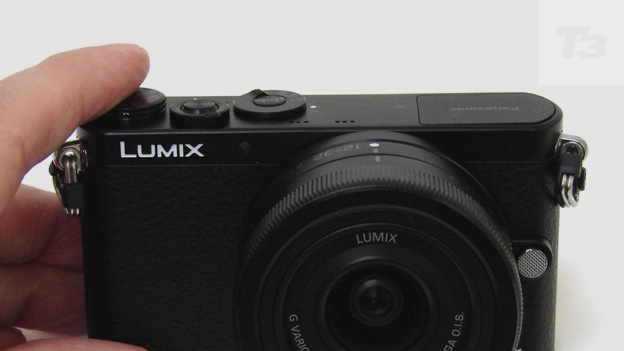
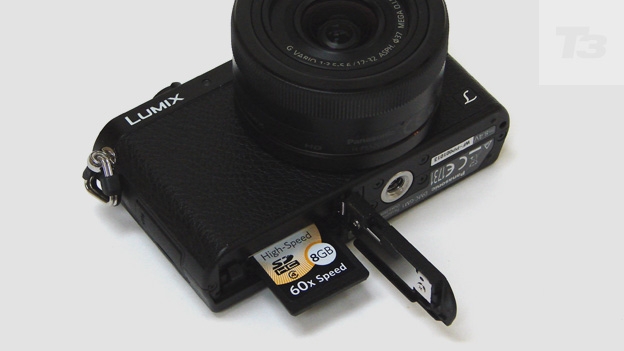
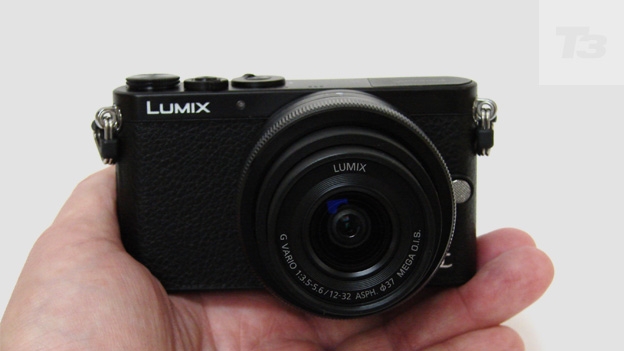
The Panasonic Lumix DMC-GM1 is the smallest compact system camera so far - a nice idea in theory - but how does it handle in practice?
Mirror-less Compact System Cameras - of which Panasonic launched the very first, back in September 2008 - were always supposed to be about good things coming in small packages. Translation: near pro-quality pictures yet no backache from carrying the kit. Despite this it's fair to say many attempts have been only fractionally smaller than digital SLRs.
Such a criticism could not be levelled at the new Panasonic GM1, which puts the micro in Panasonic and Olympus' co-developed Micro Four Thirds camera system.
This 16-megapixel travel-sized companion, offering up a larger than average 17.3x13mm sensor, sports dimensions akin to a playing card, while being a thumb's width in depth. Of its ilk, it is truly tiny; and you really need to hold the GM1 in your own hand to appreciate that fact.
Part of Panasonic's strategy here is to stem a slide in sales of compact system cameras, as adoption of the CSC format appears to have peaked. The sleek little GM1, therefore, comes either with a gorgeously retro, tan coloured leather-effect frontage - a Dixons Travel exclusive at the time of writing - or in regulation-issue black as we have here.
Its closest interchangeable lens rivals in terms of looks are Pentax Q, Q10 and Q7, the Fujifilm X-M1 and X-Pro1 and new X-A1, the latter also providing an articulated rear screen (the GM1 doesn't).
The Panasonic's body does, however, manage that trick of being lightweight yet sturdy, thanks to comprising an aluminium frame and DSLR-like magnesium alloy finish.
The GM1 certainly has a premium feel to it. Given this, it's less of a shock that it costs a manufacturer's £629.99 bundled with a specially designed 12-32mm f/3.5-5.6 kit zoom (in order to be as compact as possible).
This lens provides a 35mm film equivalent focal range of a wide-angle 24-64mm, so useful for landscapes and portraits, and we have to say street photography in general, even if it won't drag the faraway that much closer.
Weighing 203g - so not much different to a fixed-lens point and shoot - body-only dimensions are an official 98.5x54.9x23.5mm. In terms of connectivity Wi-fi is included here, but unlike Panasonic Lumix G releases just prior to this model, we weirdly don't get NFC.
Nevertheless can this small wonder deliver a big performance worthy of its premium-end price tag? Read on to find out...
Panasonic Lumix DMC-GM1: Controls
Rather than a particularly amazing specification being the priority, though in aiming to provide a performance akin to its range topping Panasonic GX7, the GM1 is no slouch.
In this model, Panasonic has provided most of what we'd readily expect at this price, but moreover provided it encased in a great-looking body that recalls premium non interchangeable lens Lumix models such as the Panasonic LX7.
Indeed the body features the signature 'L' bottom right of the faceplate. As on the Olympus Pen range, here the GM1's kit zoom lens is retractable to help camera and lens when combined to maintain a modest, coat pocket friendly profile.
Switch the camera on and before we could loose off a shot the lens needed to be fully extended, adding a second or two to the process of getting up and running from cold.
It's hardly a deal breaker though and as with the Olympus kit zooms you quickly get used to the process.
The physical controls on the camera body are reassuringly comprehensive for an otherwise minimal-looking camera.
On the top plate we get a familiar five pence piece-sized 10-option shooting mode dial; a control often junked for a mode button instead on diminutive snapshots. This offers up both auto and manual selections, with digital effects, pre-optimised scene modes and even a couple of customisable presets slotted in between.
With an on/off switch encircling a smaller than average shutter release button, activating the camera and firing off the first shot is a fairly fluid process when you have pre-extended the kit zoom.
By our estimate you can be squeezing the trigger in around two seconds from cold, which while not as instant as a DSLR is no cause for complaint here.
A function button on the top plate is similarly encircled by another control; a lever for alternating between single and continual auto focus, or, if you prefer, manual focus. As we'd expect at this price, if you opt for auto shooting the camera has determined focus and exposure in the time it's taken you to blink.
One gripe, control wise, is that the small-ish camera dimensions have resulted in teeny backplate buttons, but this is hardly unexpected.
What we do get is a dedicated video record button, a playback button, a combined Quick Menu/ Delete button - its use dependent on whether the camera is in capture or review mode - plus a display/ info button.
Sitting in the midst of these four buttons is a command pad encircled by a scroll wheel for swift selection of on-screen settings if you don't just want to jab at the touch screen. White balance, exposure, metering and drive/self timer modes are further accessed via icons printed at intervals on the same pad.
In short, everything here falls so readily under finger and thumb that you don't really think about it; you just get on with the process of taking the shot - or video - which is exactly as things should be.
While there isn't really anything to grip on this camera, the faux leather padding is less slippery than a polished surface, while by curling the fingers of the left hand around its lens barrel to zoom and/or focus, you're automatically holding the camera in both hands. We never felt like the GM1 might slip from our grasp.
Panasonic Lumix DMC-GM1: Screen
The 3:2 aspect ratio, 3-inch LCD screen here might not be able to be tilted or swivelled hither and thither. But it does provide an eye-popping resolution of over a million dots (1,036,000 to be precise) as well as touch panel operation.
This ensures the image before your eyes - with the LCD offered in lieu of any eye-level viewfinder with which to alternatively frame shots - feels very life-like.
Also when panning around any interiors, which in some models can introduce a ghosting effect or screen lag, we were rewarded with a very smooth and consistent image. So, while there might not be the facility to clip on an accessory viewfinder here, considering what the GM1 is and who it's aimed at we didn't miss it.
If we've one minor grumble it's that the touch sensitive on-screen operational icons are as small as the physical buttons on the GM1's back, occasionally making for fiddly/awkward selection.
But having said that, the list of options in the main menus, thankfully provided on thicker elongated lozenge shaped 'bars', is much easier to activate with a finger tap.
Plus, as with all other Lumix G series cameras, it's not essential to utilise the screen for operation, as there are sufficient physical controls to get at all of the camera's core functionality. But it does at least provide a best of both worlds approach for the user.
Panasonic Lumix DMC-GM1: Battery
The battery life of Panasonic's GM1 compares favourably with the recent Nikon AW1 waterproof CSC in offering 220 shots from a full charge of its supplied lithium ion battery, while still falling short of the 330 images or thereabouts offered by its most power proficient rivals.
So-so, but far from disgraceful, particularly when compared with most point and shoots that it resembles.
Panasonic Lumix DMC-GM1: Picture quality
While a physically smaller lens and a physically smaller sensor than a digital SLR looks certain to avoid compact system cameras ever replacing their bigger brethren, for most people looking to better the output of a smartphone or cheap snapper by stepping up the quality from cameras such as the GM1 is more than good enough.
We found the default standard colour provided by the Panasonic very true to life, picking up the warmth of autumn colours while providing bags of detail to boot.
Auto focus when in video mode is also impressively swift. A lot of times when adjusting our framing mid flow we didn't notice the camera making its changes in focus as our subject nearly always remained sharp, or at least drifted into focus a second or so later.
So, swift auto focus and life-like results. Not really too much to complain about here.
Panasonic Lumix DMC-GM1: Verdict
While at first glance the price tag may be on the high side, imagine the premium Panasonic Lumix LX7 point and shoot body with the innards and lens swapping ability of the Lumix GX7 compact system camera - which we rated at the time as the brand's best ever G series model - and you've basically nailed the appeal of the 16-megapixel GM1.
Portable yet powerful is the pitch and indeed in that best-of-both-worlds respect the GM1 for us comes close to being its maker's most perfectly realised and truly compact, compact system camera to date. Now if only we could get our mitts on the tan version...
Panasonic Lumix DMC-GM1 release date: Out now
Panasonic Lumix DMC-GM1 price: £629.99
Sign up to the T3 newsletter for smarter living straight to your inbox
Get all the latest news, reviews, deals and buying guides on gorgeous tech, home and active products from the T3 experts
Gavin Stoker has been writing about photography and technology for the past 20 years. He currently edits the trade magazine British Photographic Industry News - BPI News for short - which is a member of TIPA, the international Technical Imaging Press Association.
-
 Under Armour's new sneaker doesn't play by the old rules
Under Armour's new sneaker doesn't play by the old rulesIf this is the future of the brand, it's off to a running start
By Matt Kollat Published
-
 YETI just made bowls cool – literally. And also figuratively.
YETI just made bowls cool – literally. And also figuratively.New YETI design, same bear-proof energy
By Matt Kollat Published
-
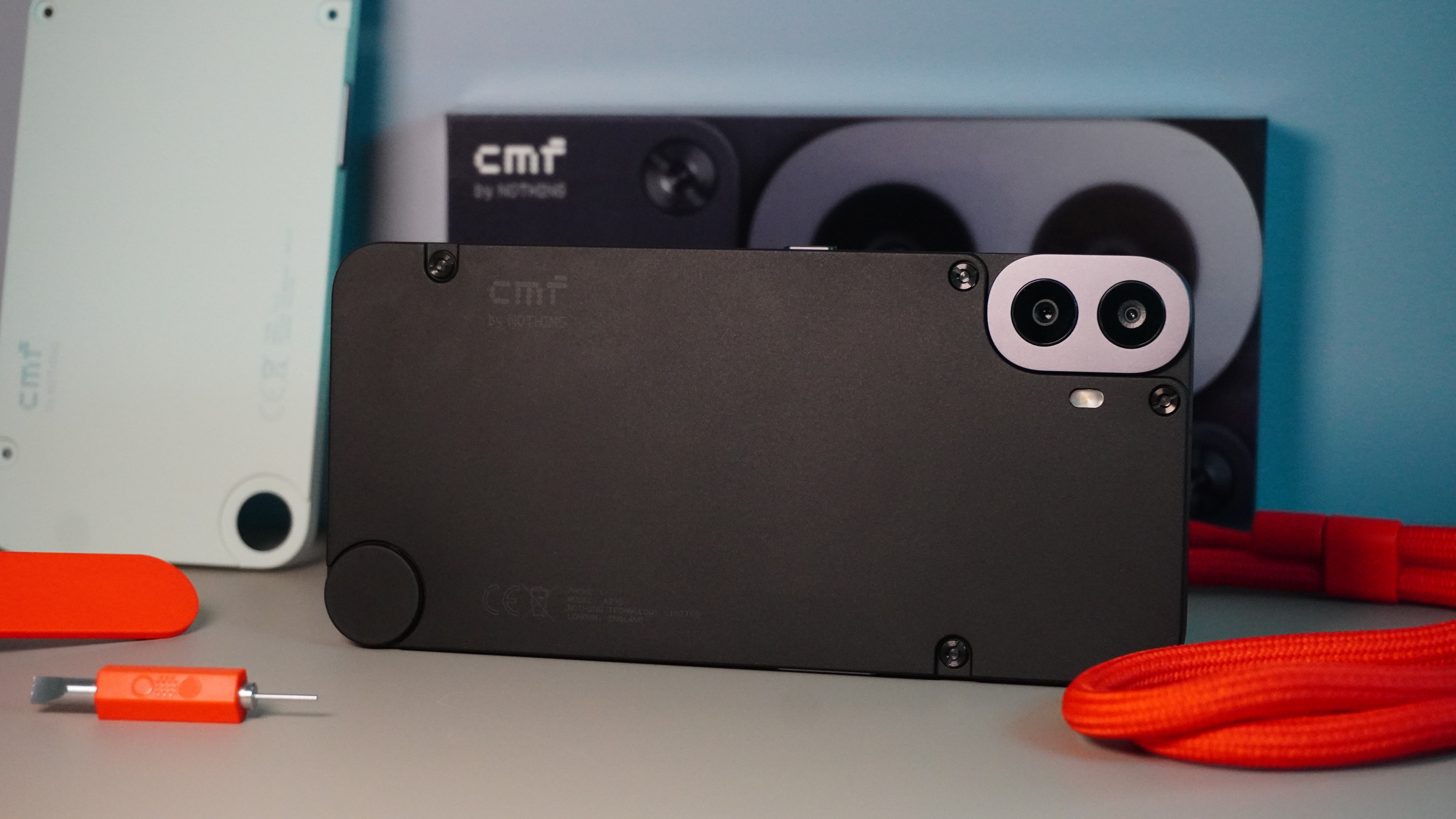 Nothing's next phone could be a budget powerhouse, thanks to this confirmed hardware detail
Nothing's next phone could be a budget powerhouse, thanks to this confirmed hardware detailOfficial details reveal more about the next phone coming from Nothing
By Chris Hall Published